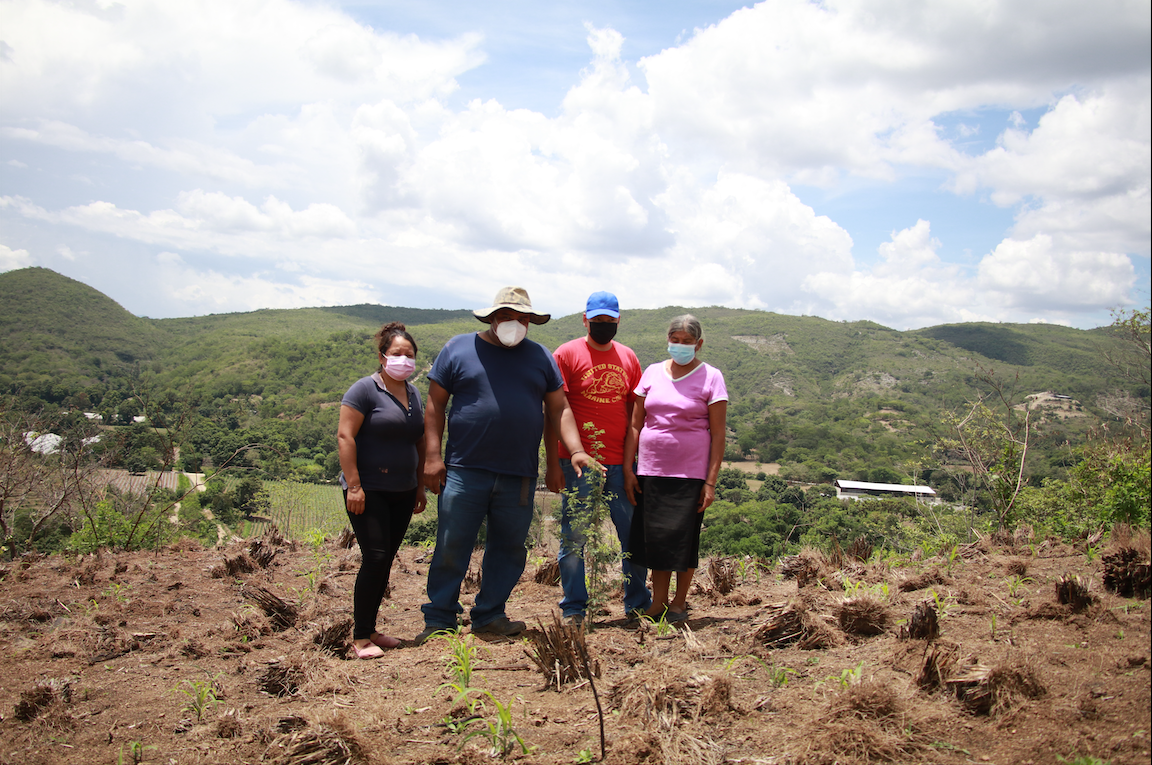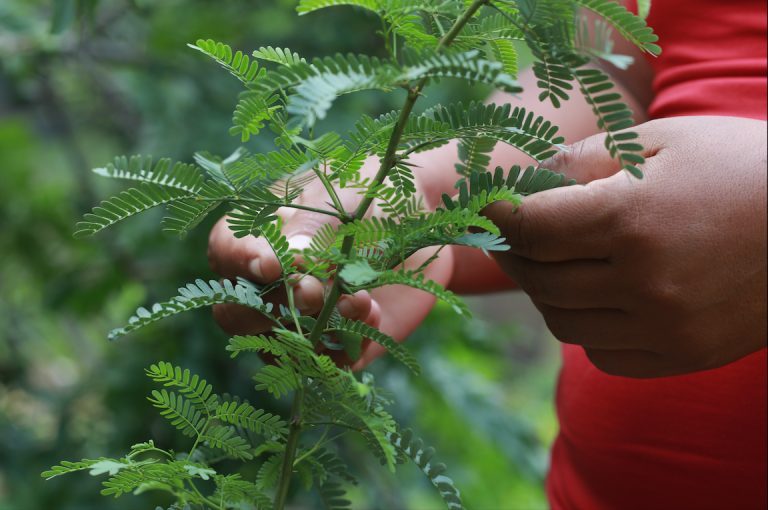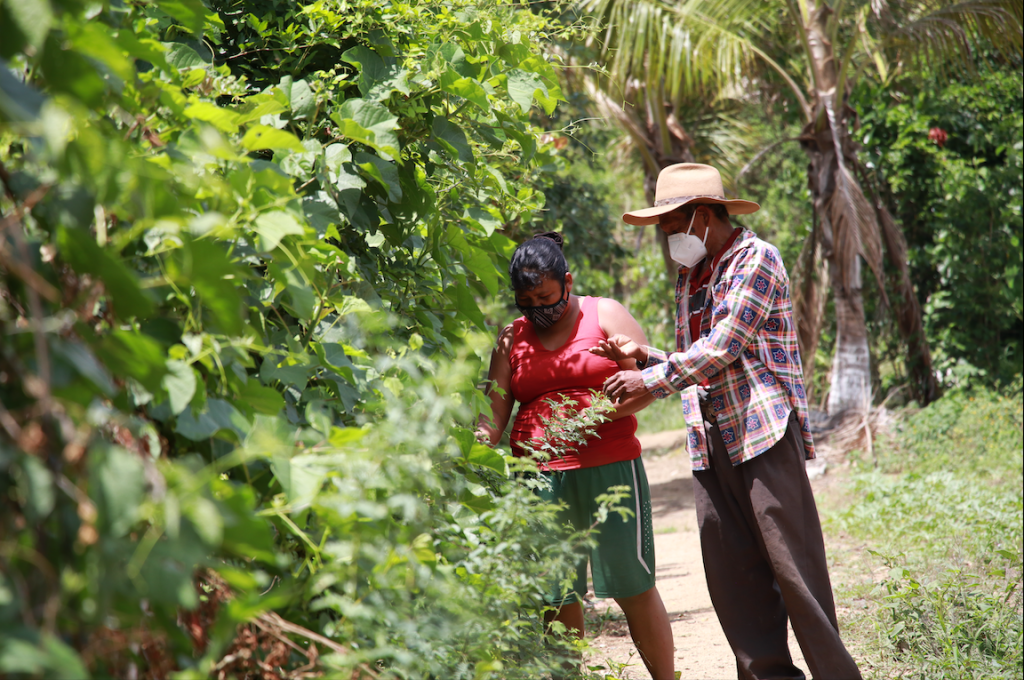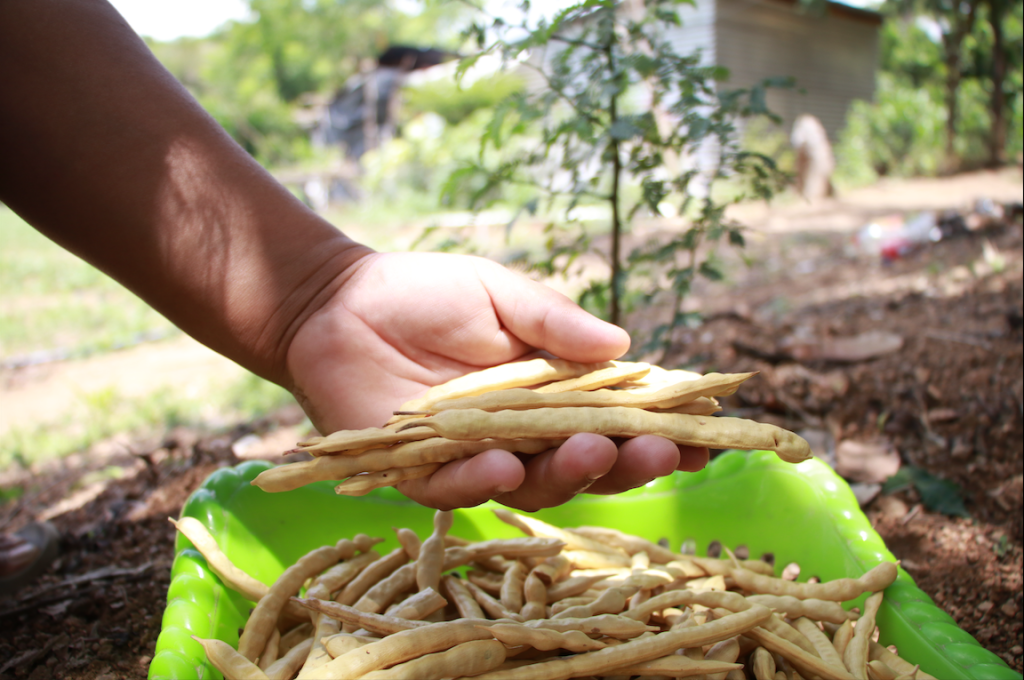


The three families live in the city of Sanarate in El Progreso and have found a solution to food production with the Campeche tree. This species provides affordable and reliable solutions in arid territories where rainfall is scarce. The Agro unit, together with the social area of Cementos Progreso and the Carlos F. Novella Foundation, developed the project in the communities considering three perspectives: agroforestry, social and training.
This tree is a multipurpose native species for regions with desertification and poverty, it flowers and bears fruit in the 280 days that it does not rain in the dry corridor and is a complement for planting corn, beans or other nutritious crops in the region.
In addition to providing answers to the production of nutritious food for families, this variety of tree can be used to cure ailments, dye can be extracted from its wood that is used in artistic painting, its roots and its shade can capture more water in the soil when it rains, and after three years of planting, a group of 25 campeche trees can help capture up to two tons of CO2 per year.
Juan Antonio Gómez reports that since they began to plant the tree, they have been able to replace monocultures such as corn and beans and improve their diet with the diversity of options that Campeche offers. «We have learned to improve our diet and take advantage of all the good things that the tree gives us,» he assured.
The tree produces fruit without the need for rain: Unlike other plants such as corn and beans, it produces fruit without the need for rain or constant watering. In addition, the fruits contain high levels of protein and essential amino acids: This makes the fruits have a high nutritional and energy value. It grows in arid soils, with few nutrients and therefore, the scarcity of water in the dry corridor is not an obstacle for the tree to develop normally and functionally.

Concepción Gómez assured that planting Campeche has also improved the feeding of her goats, and that thanks to this the production of milk and cheese also increased significantly. “The animals like it a lot and we have been able to feed them in a better way since we have Campeche in the community.”
For Óscar Ordoñez, the tree represents an opportunity to start a honey production company, since it produces flowers all the time, and this benefits his beehives. «With the shade and the flowers that they produce all year round, we can believe that in a short time, our honeycombs will be able to produce excellent quality honey with a minimum investment,» he assured.
More than 25 types of food can be made with the flour produced from the fruit: From hot drinks, tamales, tortillas, bread and even pancakes, the flour from the Campeche tree is ideal for producing food at a very low cost. In addition, the leaves can relieve up to 12 common illnesses and pains: From a headache or muscle ache, to the flu or indigestion, as it has analgesic properties.

The Campeche route is the strategy that the Agro unit of Cementos Progreso and the Carlos F. Novella Foundation have designed to provide food support to the population of the country’s dry corridor. This consists of planting the largest number of trees, so that in the first three years, they are self-consumption for the families and from year four, the surpluses in flour production can be used to be able to market them.